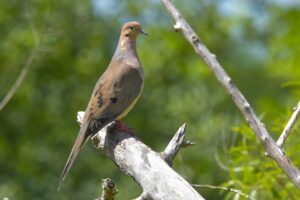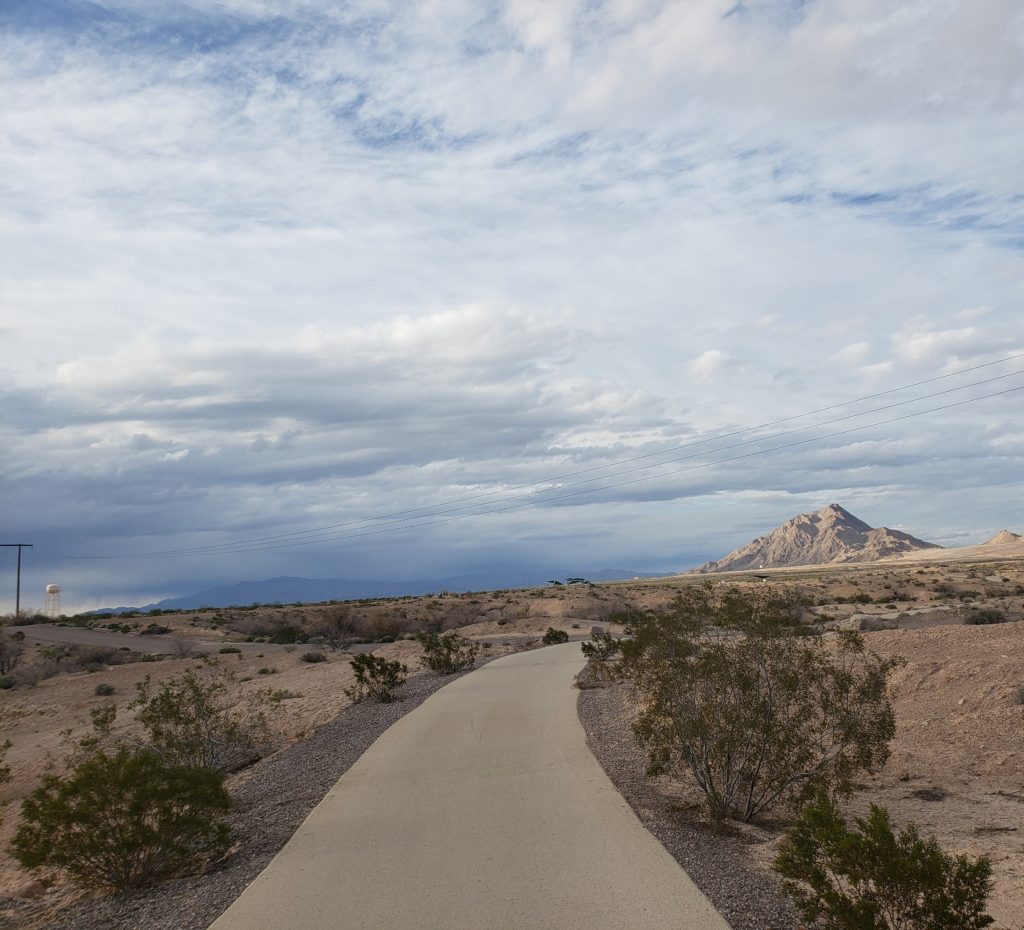
Exploring Habitats In Las Vegas
Though you may not expect it, our city supports a high diversity of plant and animal life as a city within the Mojave Desert, and a mosaic of habitats in Las Vegas allows wildlife to navigate through human areas. Read on to learn more about the different habitat types found within the city.
Desert Scrub
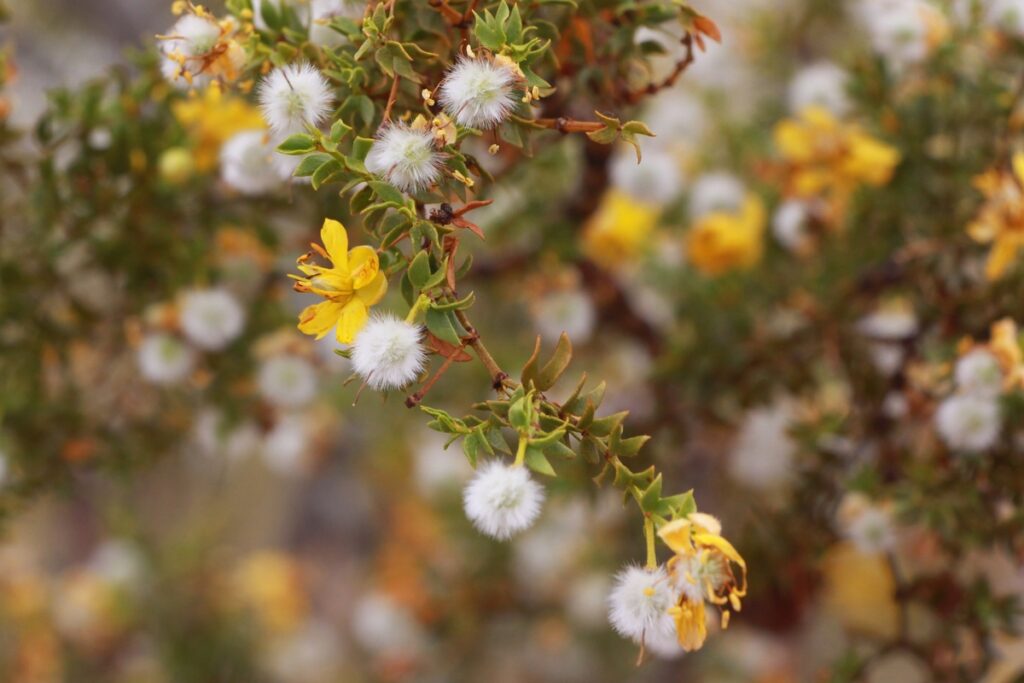
This is the “lifeless” part of the desert many people pass over when they drive to and from the city or overlook in abandoned lots and undeveloped parts of town. With many short, scrubby plants, it appears there’s not much life on a quick drive-by. But nothing could be further from the truth. The plants here are incredibly resilient to the Mojave Desert’s extremes and can grow with as little as four inches of rain annually. In some years, they survive on even less rainfall.
The most common plant in this habitat is the creosote bush, which can grow as high as ten feet tall. Creosote roots stretch out very far, and when you look across the desert and see several clusters of creosote together, you’re often looking at one plant growing from a central body called the “central crown.” This survival strategy helps creosote absorb as much water as possible from scant rainfall, which certainly pays off. One of the world’s oldest plants is a creosote called the King Clone Creosote, located in California!
Alkaline Meadows and Mesquite Woodlands
Knowing different plant species can help you find where water is present in the desert. For example, alkaline (salt) meadows grow in areas with a shallow water table underground. Common plants here include saltgrass, saltbush, and brittlebush, all of which are adapted to grow in salt-rich soils. Saltbush, such as the four-wing saltbush, even excrete salt particles, and faint traces of salt can be found on its leaves. Yum!
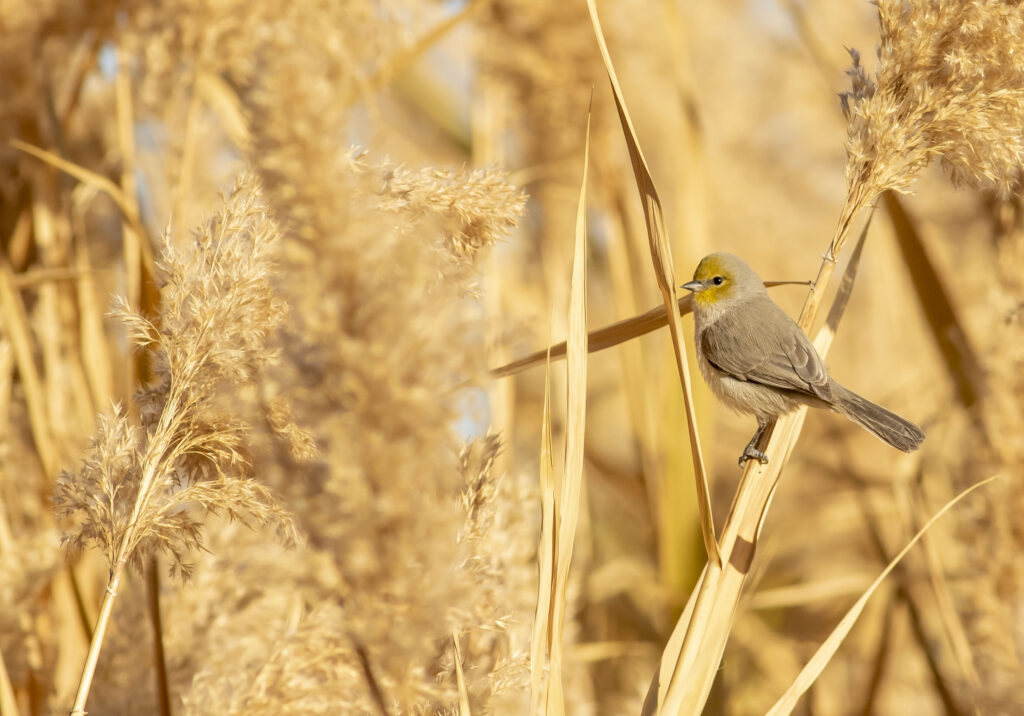
Mesquite woodlands also grow when a water table is present. These areas host the desert’s hardiest tree species: the honey and screwbean mesquite. Both mesquite species have deep roots to get as much moisture as possible. In the fall, their seed pods sustain a wide variety of life– even coyotes come to eat them! Honey mesquite seed pods are long and thick, whereas screwbean mesquite seed pods look like (you guessed it) corkscrews.
Another tree found here is the catclaw acacia, also called the “wait-a-minute” bush because its thorny branches can snag your clothes and make you “wait a minute” to get unstuck. But all the trees here are thorny, another adaptation that helps conserve water because thorns don’t let out any moisture.
These plant-rich spots in the desert (and the city) support many animal species. Desert cottontails, Gambel’s quail, and Greater roadrunners can be found zig-zagging beneath the bushes, and other birds like verdins, gnatcatchers, mockingbirds, and more love the canopy that the thorny trees provide.
(Article continues after the ad)
Please follow our fantastic site sponsors! They make content like this possible! 🙂
Wetlands
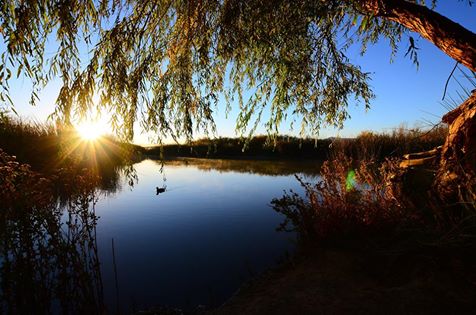
Wetlands form in areas found alongside water sources, such as the Colorado River or the Las Vegas Wash. Because more water is in the soil, they are full of lush green willows and Fremont cottonwoods. The riparian habitat found throughout Las Vegas is critical for wildlife, as it provides them access to water, food, and shelter.
The Las Vegas Wash is an excellent example of a riparian habitat that snakes through the city. It follows storm channels and eventually travels to Clark County Wetlands Park, where the water flows back into Lake Mead. Visit these types of habitats in places like Clark County Wetlands Park or the Pittman Wash trails in Henderson.
The Las Vegas Wash mirrors what is occurring at a much larger landscape scale as the Colorado River carves through the West. Along the Las Vegas Wash, migratory birds like long-legged shorebirds and small, colorful warblers can be found in the spring and fall. This is also a great place to look for fish-hunting birds like Ospreys, Great Blue Herons, and Snowy Egrets.
Aquatic
As a city in the desert, Las Vegas has a surprising amount of aquatic habitat. This habitat includes all the bodies of water in the desert, such as ponds, lakes, and streams. The vegetation in aquatic habitats, such as common reed, common cattail, and bulrush, shelter frogs and water-loving insects like dragonflies and damselflies. Las Vegas is home to many non-native species of fish that have been introduced to ponds and streams. Some of these can be found in the Las Vegas Wash, such as common carp, mosquitofish, largemouth bass, bluegill, and more.
In the wintertime, aquatic habitats are also a great place to view a variety of duck species. Many migratory ducks spend the winter in Las Vegas and begin showing up in ponds like at Sunset Park, Lorenzi Park, the Henderson Bird Viewing Preserve, and more. Some colorful duck species you could see include Buffleheads, Ring-necked Ducks, Northern Shovelers, and others. Finding a body of water, even a small neighborhood pond near where you live is a great place to begin watching wildlife because everything depends on water.
Urban
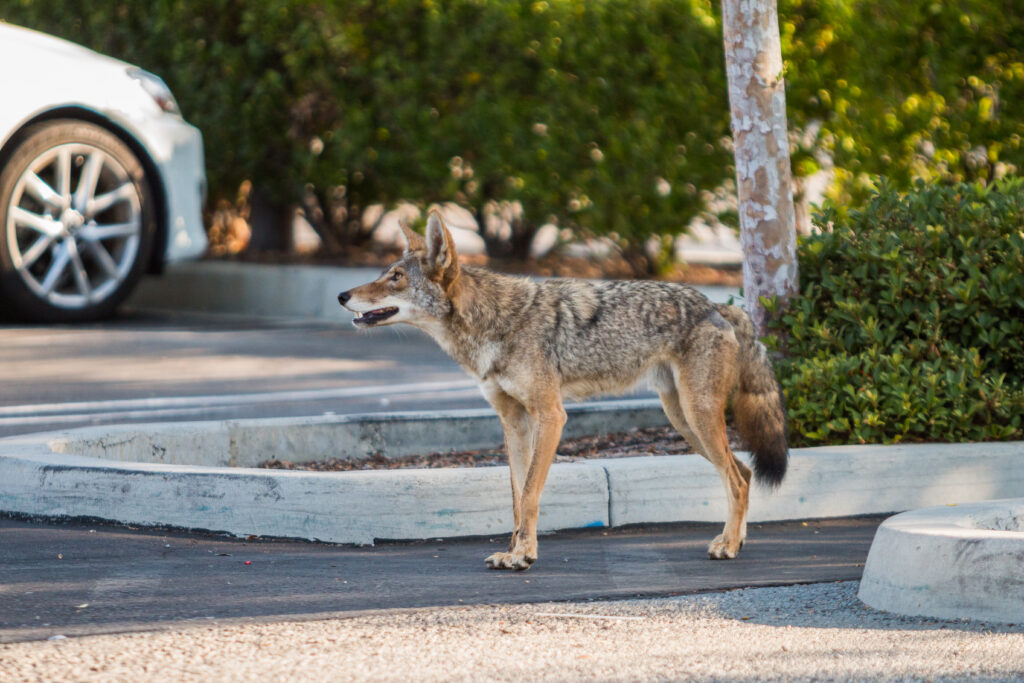
Although it may not seem like it at first glance, even the most urban spaces of Las Vegas are still habitat. Here, animals must be adaptable and creative to acquire their food.
In areas like parking lots, you’re likely to see urban birds like pigeons and great-tailed grackles sifting through trash for scraps to eat. At local neighborhood parks, the grass provides food for geese and sparrows, and common landscaping plants like palo verdes attract pollinators and birds.
Even mammals like coyotes make their way through the urban landscape, often using trails like the Las Vegas Wash to weave through and around neighborhoods and streets.
Looking in gravelly areas and along the pavement is also a great way to observe insects like ants, grasshoppers, beetles, and many more species.
#GetinMotion & Explore Habitats in Las Vegas Near You
The best way to connect with nature is to acquaint yourself with what’s around your home. Whether you live near an urban park, a desert trail, or a nature preserve like Clark County Wetlands Park, observing the plants and animals nearby will paint a fuller picture of the biodiversity in the city. Start with just a few plants or animals, and build from there.
Consider using an app like iNaturalist or Seek to help you identify organisms, and have fun! What will you discover?
Thank you to our supporters and sponsors!
As always, we want to thank our Patreon’ Cultivator’ supporters and sponsors who help make content like this possible.
The following Patron(s) supported the production of this article:
Crystal Gropp
The following sponsors supported the production of this article:
Viva La Compost & LunaKai Lash



